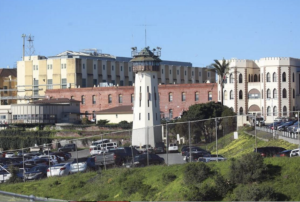Posts Tagged ‘covid-19’
Overcrowded prisons in our back yards
I wrote this essay on San Quentin for an online class I’m taking titled “Reading and Writing the Very Short Essay.” It’s taught by one of my favorite authors, Lauren Markham. It was published in Sunday’s Sacramento Bee print edition and other McClatchy papers throughout the state on July 5, 2020 and appeared online a…
Read More